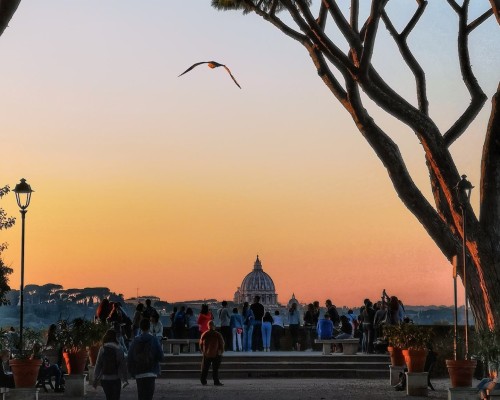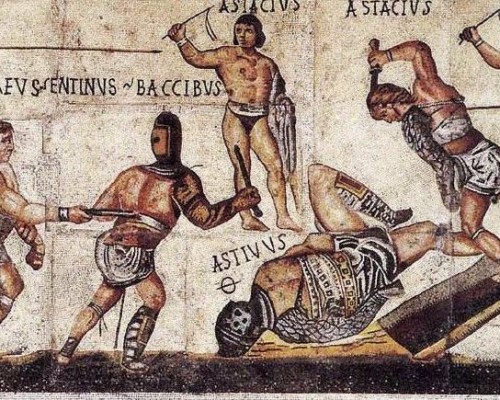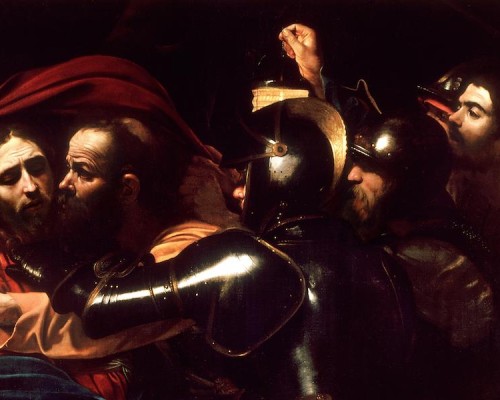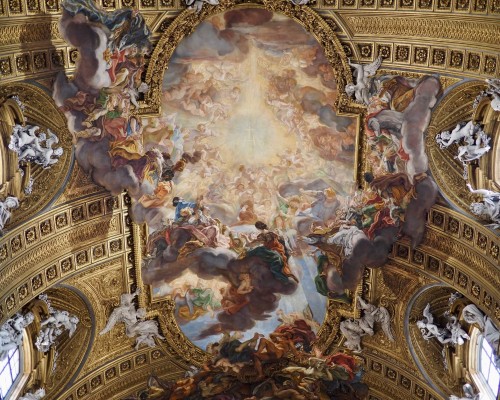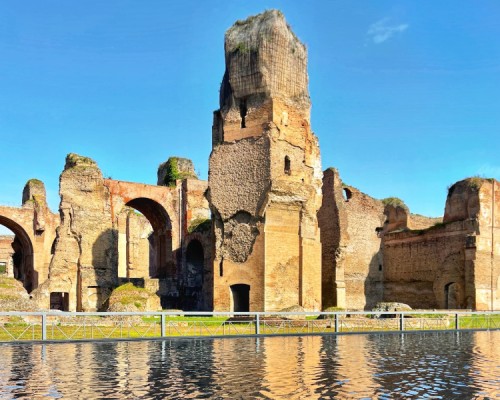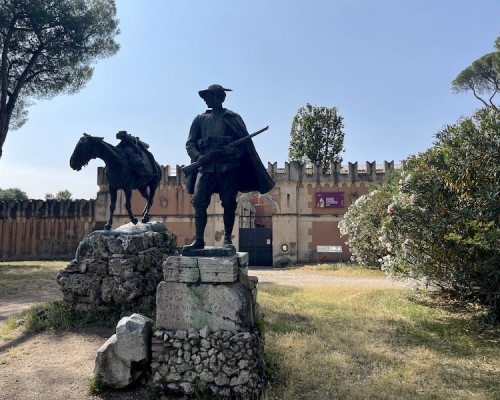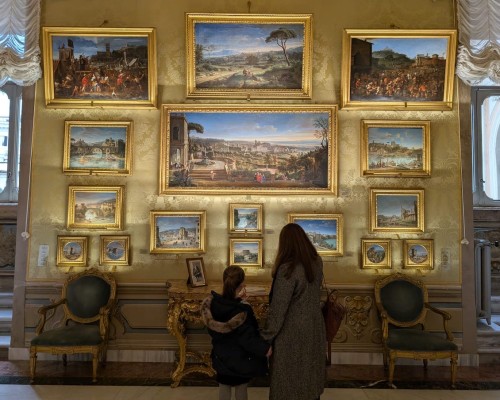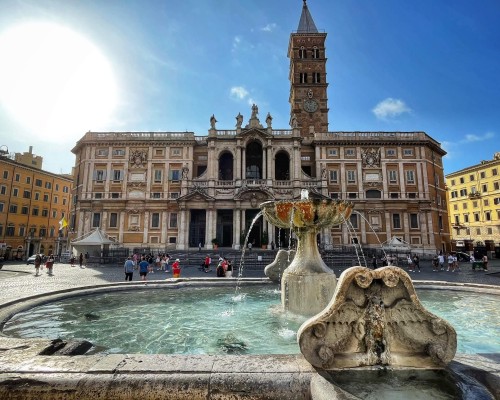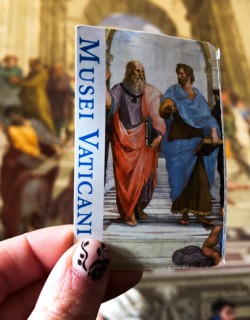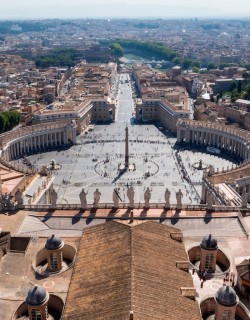Our Free Travel Guide of Rome
Our free Rome Travel Guide has everything you need to make your next trip to the Eternal City unforgettable. Find everything you need, from 'How to Visit the Colosseum' or 'Vatican' to the 'Best Places to Stay in Rome.'
What to See on the Aventine Hill in Rome
Discover the Aventine Hill in Rome and explore panoramic gardens, historic churches, and hidden ...
Wed 10 Sep 2025
read moreEmily in Paris Goes to Rome: All the Filming Locations You Can Visit
Follow Emily to Rome in Emily in Paris Season 4! Discover the real-life filming locations, from the ...
Tue 02 Sep 2025
read moreGladiator Types in Ancient Rome: Warriors of the Arena
Gladiators weren’t all alike. Explore the distinct types and see how their combat in the Colosseum ...
Tue 19 Aug 2025
read moreThe Seven Crimes of Caravaggio: The Violent Life of a Baroque Master
Discover seven criminal episodes that shaped Caravaggio’s outlaw life in Rome - and how his brushe ...
Fri 08 Aug 2025
read moreWhat to See at the Gesù in Rome: 9 Wonders of the Jesuits’ Mother Church
Discover 8 must-see highlights inside the Church of the Gesù in Rome, from ceiling frescoes to ...
Mon 23 Jun 2025
read moreThe Best Things to Do in Rome this Summer
Visiting Rome in summer? Discover how to beat the heat, dodge the crowds, and enjoy magical moments ...
Tue 17 Jun 2025
read moreThe Best Free Museums in Rome
Explore Rome’s top free museums - ancient ruins, Napoleonic artifacts, and modern art - without ...
Thu 12 Jun 2025
read moreHow to Visit Palazzo Colonna in Rome: Everything You Need to Know
Discover how to visit Palazzo Colonna in Rome - opening hours, ticket tips, guided tours, and what ...
Sun 01 Jun 2025
read moreThe Best Palaces in Rome: The Most Beautiful Palazzi You Need to Visit
Explore the finest palaces in Rome—from Renaissance villas to Baroque masterpieces. Discover the ...
Tue 27 May 2025
read moreWho is Pope Leo XIV? A Biography of Robert Prevost
Cardinal Robert Prevost made history by becoming the first pope from the United States. But just who ...
Fri 09 May 2025
read moreFascinating Facts About Conclave
Find out all the fascinating facts you could possibly need to truly understand the conclave.
Mon 05 May 2025
read moreThe Best Tours of Santa Maria Maggiore in Rome
Few churches in Rome can rival the splendor of Santa Maria Maggiore. From examining amazing mosaics ...
Fri 02 May 2025
read morePost Categories
